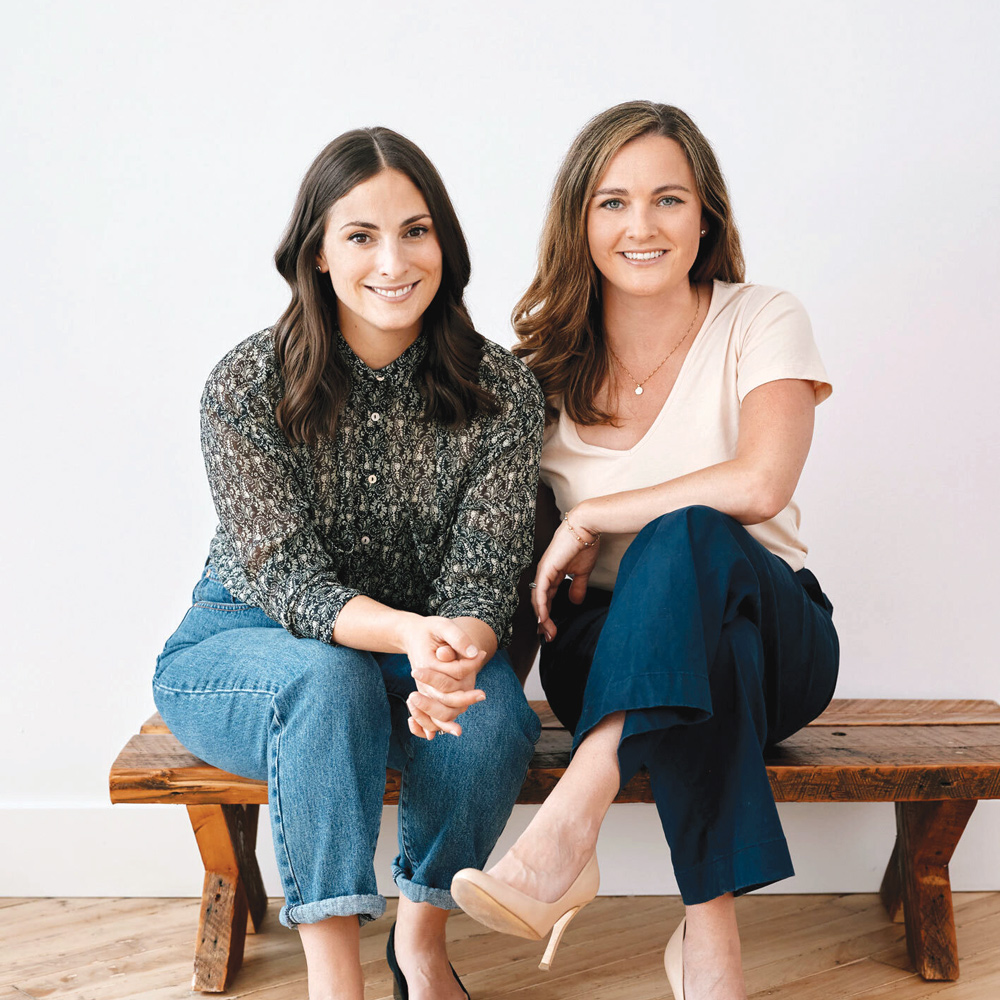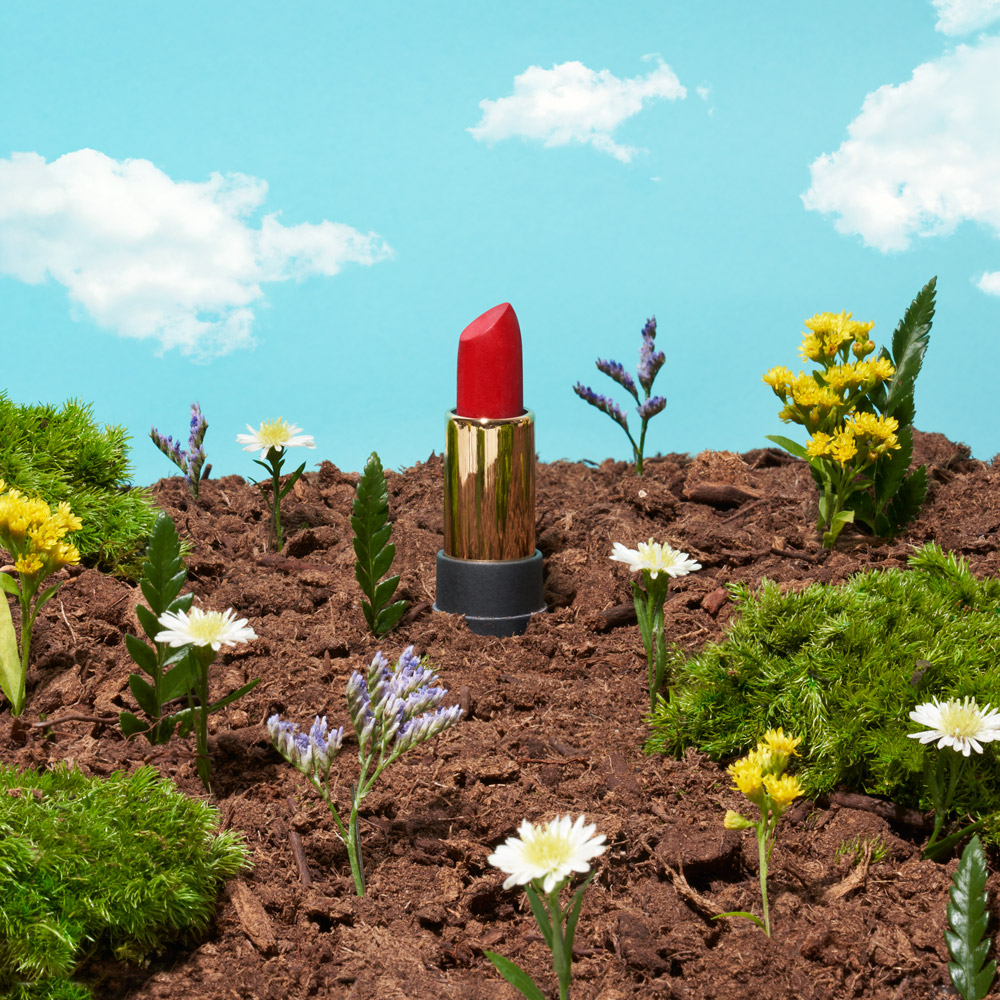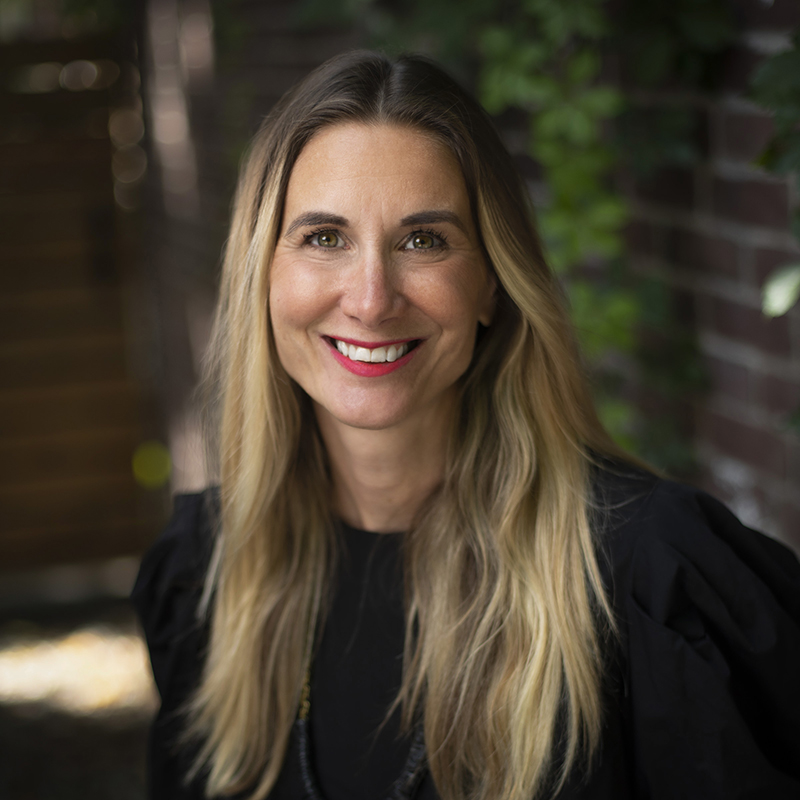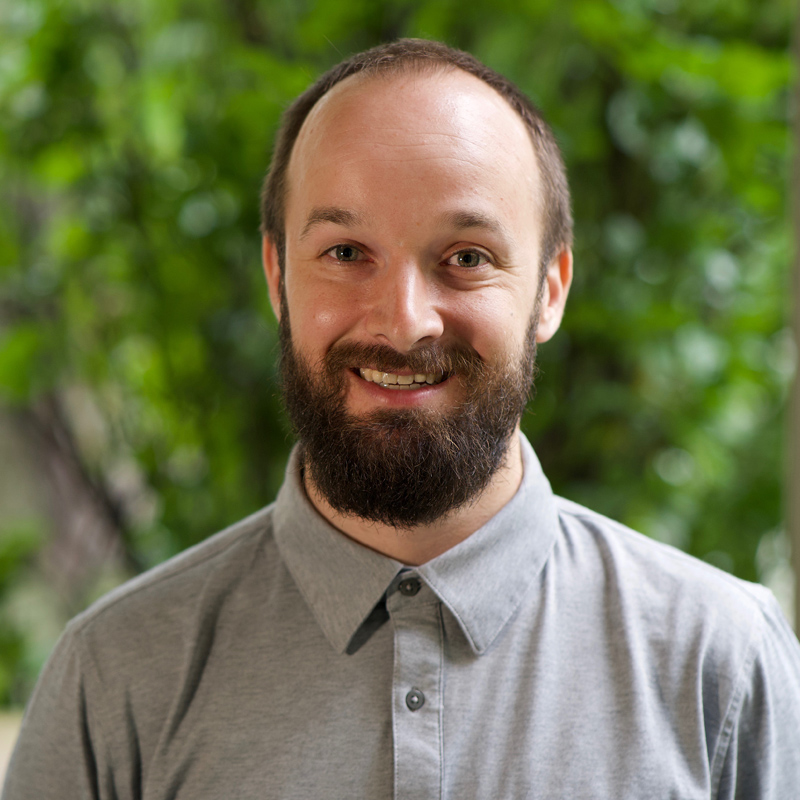When Innovation Comes From Chasing the Spark
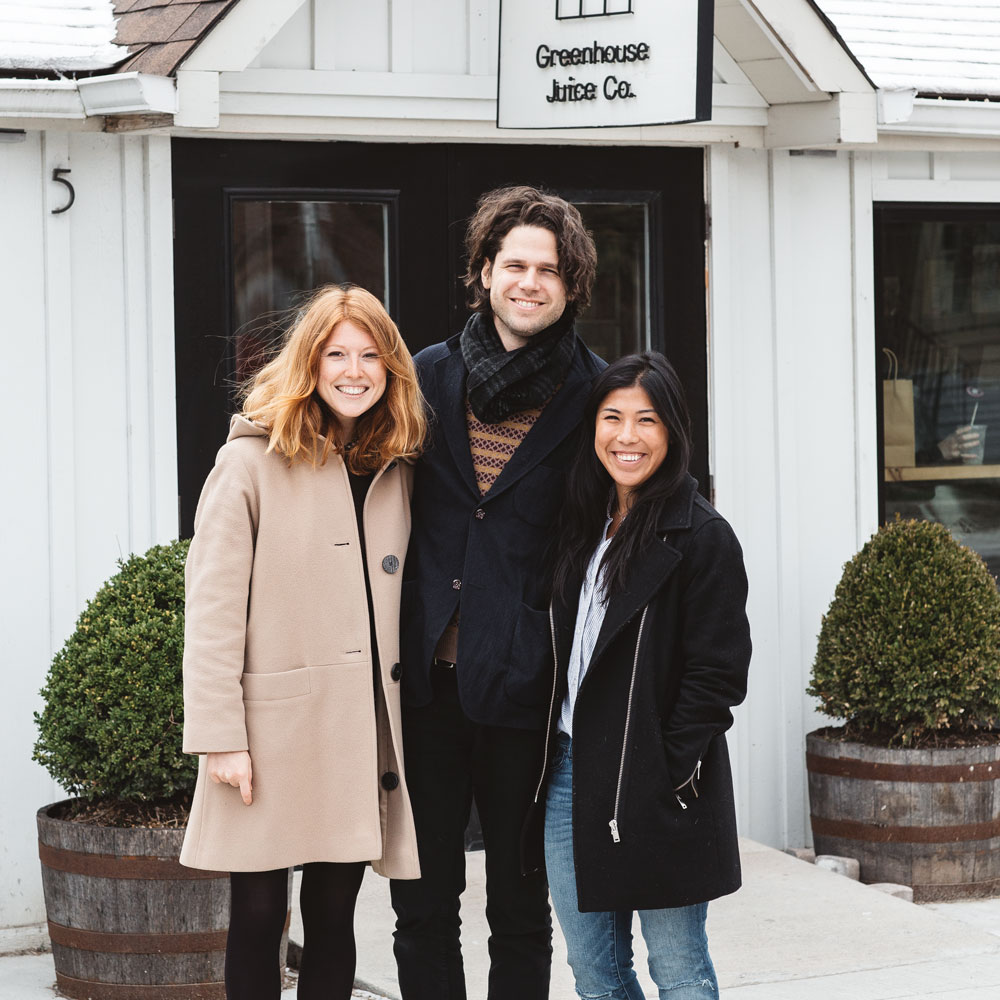
Emma Knight, co-founder and head of brand at Greenhouse—one of the Innovation Leaders named in the 2022 New Innovators List—is something of a flavour savant. Since starting the business in 2014, she and her co-founders, Anthony Green (also her husband) and Hana James, have built a fervent fanbase for their nutritious cold-press juices (like the vibrant-green Gatsby), ultra-concentrated boosters (like the snooze-inducing Lullaby), kombuchas, shakes, plant-based milks and a host of other drinkables that will fill your fruit-and-veggie quota for the day. Innovation is as central to the company’s success as kale, which is why Canadian Business talked to Knight about sourcing new product ideas, deciding which ones to pursue and iterating without compromising values.
People sometimes think innovation involves new ideas descending on you as if from a cloud, and sometimes that does happen, but there’s also a lot of work involved in coming up with new things. What is your approach?
We really believe that great ideas come from throughout the whole organization. We started small, but we’re almost eight years in now, and we’re vertically integrated. We now have more than 100 team members. From someone working in one of our retail stores to our food scientists, there’s a huge range of perspectives, and of contact with our community and our product within the organization. It’s important to us that great ideas generated throughout that ecosystem rise. So, we have weekly innovation meetings, which include representatives from a cross-section of the organization. And we’ve also hosted innovation summits that include other representatives who aren’t part of those weekly innovation meetings, but who bring different perspectives from other parts of the organization.
We’re also so lucky to have direct contact with our customers through our stores and our direct-to-consumer website. We try to take advantage of that. We have a lot of conversations with Greenhouse supporters without an intermediary. That’s a very rich source of ideas, as well as tweaks and improvements. So, in terms of the genesis of new ideas themselves, they come from all over. We think that is super important.
But not all new ideas can be good, or perhaps good for Greenhouse. How do you determine which ones to pursue?
Ideas need to be fun and engaging. They need to get people excited. A kind of Willy Wonka-ish energy needs to exist, because it takes a lot of work to take an idea and turn it into a real product. The passion needs to stay alive throughout that process. And I don’t think that will ever happen if you’re just cynically trying to create something because you read a market report that people want that thing.
There needs to be that spark, where we all think “this will be so cool if we nail it and we’re going to keep trying until we do.” So, we begin with fun and excitement. Then we run the idea through our core set of values that govern what we make and why we make it. Sustainability: It’s going to be in glass, and it’s going to be organic. Health: We’re going to pay attention to things like grams of sugar. It’s going to have a clean label: We’re not going to use any ingredients that we don’t stand behind. There’s going to be a nutritional or wellness component. And then, and I hope it’s obvious, it’s got to taste great. Getting to a point where something has 10 grams of plant protein but doesn’t taste chalky? That could take six months.
How has this approach evolved as you’ve scaled?
Our mission is to offer widespread sustainable access to plant-based nutrition and wellness of the highest quality. There are a lot of guardrails in there, especially when you get to the “widespread access” part. When we decided to launch nationally, it was because we wanted more people to be able to access our products, both geographically and financially. To do that, we realized we had to scale, and while we were scaling, we were going to have to extend shelf life, and to do so without changing the product in a way that would cause us to no longer believe in it. We had to basically reinvent the wheel.
We developed the concepts of light filtration and other new systems that would allow us to continue to bottle in glass while extending the shelf life, and keep both nutritional and organoleptic properties intact. It was the first of many wrinkles that my husband and I both acquired. It tortured us for four years, until we launched our new plants in Mississauga, Ont. But our thinking was also that this is our mission. If we’re going to do it, we’re going to do it like this.
Often companies can be very locked into what worked at first, and then say ‘I’m not going to mess with it.’ But you seem to be demonstrating an ability to evolve and scale the business in a way that doesn’t compromise on the mandate. Any advice on that front?
There’s an internal document that lists our most important company values. And my favourite one is that we’re always improving. In our plants, from the manufacturing side of things, continuous improvement is extremely important and governs a lot of our decisions, but it also extends to the organization level. Anthony’s vantage point is that things can always be done better. He’ll never ever look at a product or walk in a store and think, well, this is perfect. Ever. Some people find this a bit depressing, but he thinks it’s an optimistic outlook. And he’s right.
Speaking of improvements: What are you most excited about in 2022?
We’re planning to also just ramp up the speed of innovation. Like so many food and beverage businesses, with COVID we had a lot to manage that kind of took away a little bit of our Willy Wonka experimenting. Our priorities shifted: How do we survive with several of our channels down? I think we’re just excited to get a little bit more creative again.
